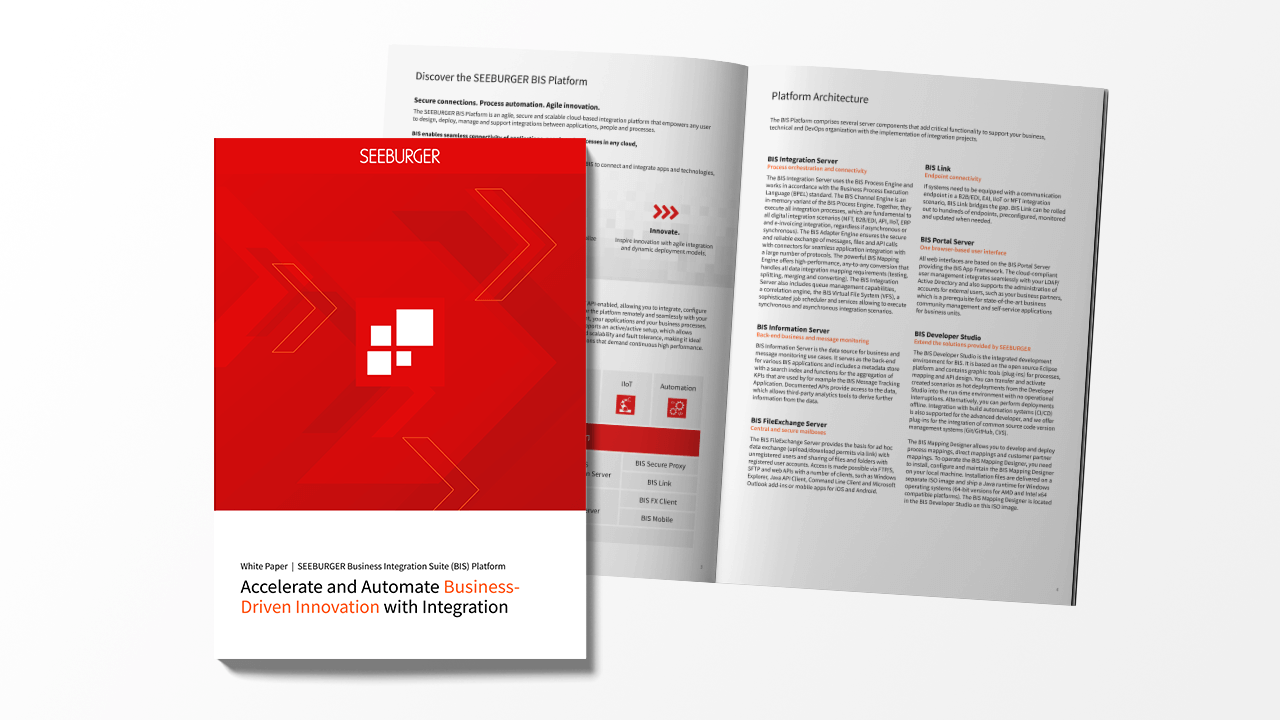
What is an ANSI X12 EDI 820 Message?
Find out how the ANSI X12 EDI 820 message is reshaping the procurement process.
1. Executive summary: ANSI X12 EDI 820
An ANSI X12 EDI 820 (Payment Order) message informs a supplier towards the end of an EDI workflow how much compensation will be transferred for the delivered goods or services or that the transfer has just happened. The EDI 820 eases the payment because it is a prerequisite to pay several invoices with one money transfer. EDI 820 is a payment or so called remittance advice as part of an electronic data interchange workflow and sometimes seen the representation of an EFT (Electronic Funds Transfer) when using EDI. EFT refers to the Electronic Funds Transfer Act in the United States and specifies bank and consumer responsibilities and rights for the electronic transfer of consumer funds. So an EFT is not exactly the same as an EDI 820. The EDI 820 message is an optional answer to EDI 810 Invoice messages.
2. Usage of the ANSI X12 EDI 820 message
The supplier first creates an EDI invoice message or several invoice messages to the respective customer, with ANSI X12, this is done through an EDI 810 message. The customer typically uses an EDI 820 message in return if several invoices are paid in one transfer. The supplier can use the information from the ANSI X12 EDI 820 message to connect the invoices settled by the transfer. The usage of an EDI 820 message is optional and is not as common as some of the more compulsory document types in an EDI workflow. Larger customers and their suppliers have more use for the EDI 820 messages.
3. Processing of the ANSI X12 EDI 820 message
Once the customer has received an EDI 810 invoice message, their EDI system will check the payload against the available data. If this message is syntactically correct, the ERP system will be able to add new information. A functional acknowledge EDI 997 may then be sent back to confirm that the message was received and accepted technically. A Payment Order can be provided afterwards to the supplier in case if several invoices are bundled into one transfer.

In a retail workflow, the role of an ANSI X12 EDI 820 message shows up towards the end of the exchange sequence.

In an automotive workflow, the role of an ANSI X12 EDI 820 message shows up at the end of the exchange sequence.
Typical errors when using the ANSI X12 EDI 820 message
Wrong or missing master data is a source of issues and the EDI 820 may not be accepted:
- Discounts are applied without prior agreement
- Invoice numbers do not match in the supplier’s ERP system
4. The ANSI X12 EDI 820 structure and example
Payment Order messages contain payment relevant information and refer to different business processes and the corresponding financial transactions. EDI 820 Payment Orders follow a set structure of segments and elements defined by the ANSI X12 standard. The customer’s ERP system would create the message containing all the required invoice package information, e.g. in SAP IDoc, then translated into the EDI 820. The EDI solution doing the conversion can be an EDI Cloud Service or EDI software for in-house usage.
A typical ANSI X12 EDI 820 message contains:
- Customer and supplier information
- Previous Invoice details like the invoice numbers and amounts
- Reduction reasons applied to discounts and surcharges
- Partial or are still due to transfers, etc.
ISA*00* *00* *ZZ*SENDER *12*RECEIVER *231014*1243*U*00401*000000001*0*P*>~
GS*RA*APP SENDER*APP RECEIVER*20231014*1243*0001*X*004010~
ST*820*0001~
BPR*I*4831.41*C*ACH*CTX~
TRN*1*9368617~
DTM*097*20231014~
N1*PR*SEEBURGER AG*ZZ*4019315000007~
N1*PE*SEEBURGER INC*ZZ*123456789~
ENT*1~
RMR*IV*0221316854**530.97*530.97~
NTE*ADD*INVOICE1/ABC1/~
DTM*003*20231014~
RMR*IV*X2493230**402.25*402.25~
NTE*ADD*INVOICE2/ABC1/~
DTM*003*20231014~
RMR*IV*Z7202123**4220.62*4220.62~
NTE*ADD*INVOICE3/ABC1/~
DTM*003*20231014~
RMR*IV*Y48502564**-322.43*-322.43~
NTE*ADD*INVOICE4~
DTM*003*20231014~
SE*20*0001~
GE*1*0001~
IEA*1*000000001~
5. Benefits using EDI and the ANSI X12 EDI 820 message
EDI 820 allows suppliers and customers to make better financial predictions and manage their cash flows and finances, because their ERP system already has information about the settlement of outstanding invoices before this information reaches their accounts. The transmission of payment details also provides several specific benefits for customers and suppliers.
Benefits for suppliers
Benefits for customers
6. What is comparable to ANSI X12 EDI 820 in other EDI standard formats?
ANSI X12 in North America uses the 820 Payment Order. TRADACOMS is a UK retail standard, and the equivalent is called SRMHDR. UN/EDIFACT in Europe and Asia leverages REMADV for the same purpose.
7. Integrate EDI 820 into your business
Improve your invoicing process and EDI. Use the SEEBURGER BIS Platform for EDI and other integrations schemes as full-service EDI Cloud Service in the SEEBURGER Cloud or as an on-premises software solution a public cloud environment (e.g. Google, Azure, AWS, etc.).










